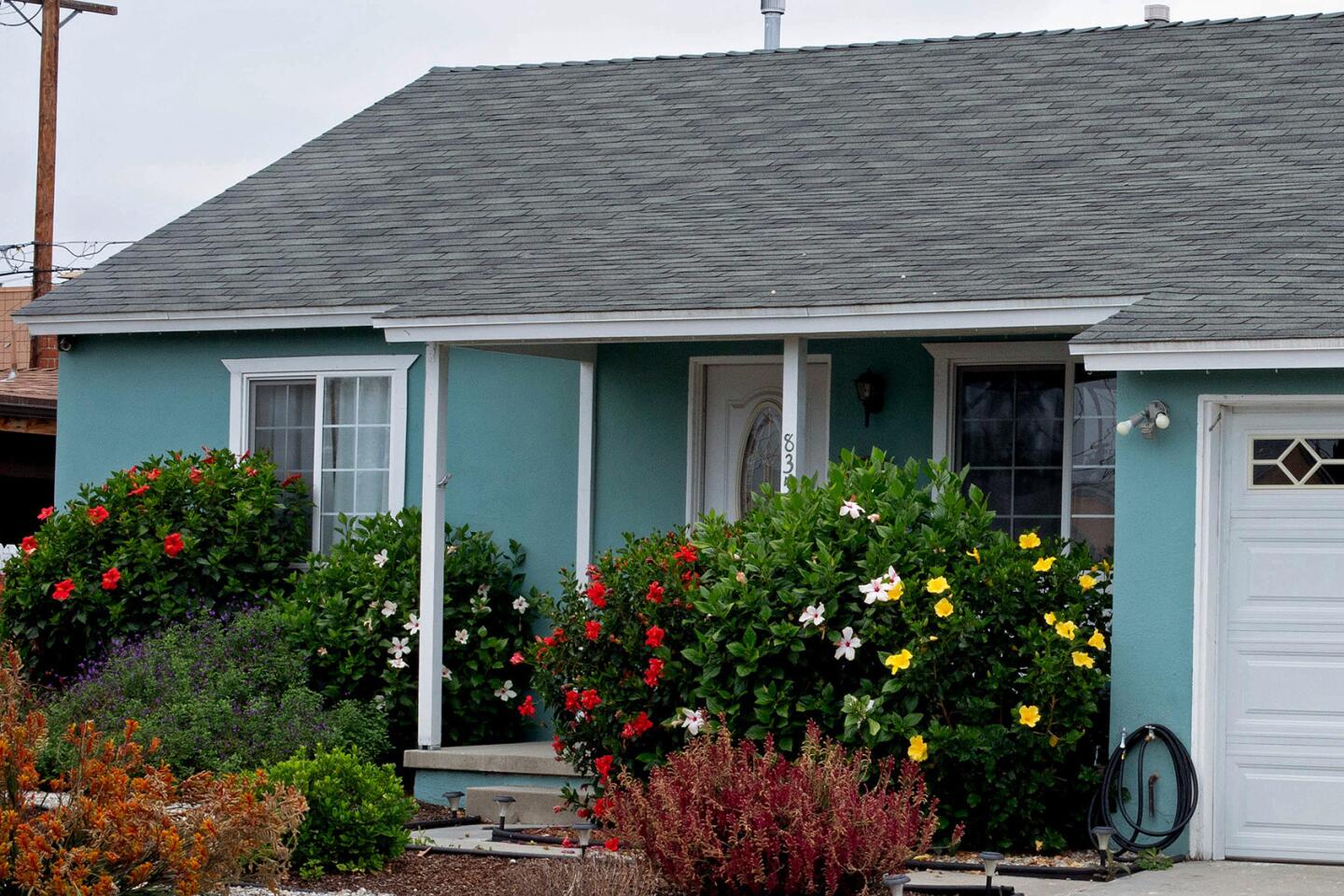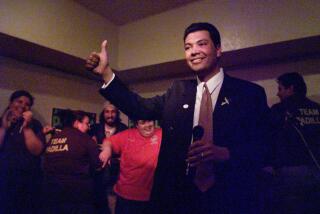Neighborhood Spotlight: Panorama City is slowly shaking off its postindustrial trauma
Although the San Fernando Valley is perhaps best known as the birthplace of car-centric suburban sprawl, it is also home to Panorama City, a meticulously planned community that from its start strove to create a balanced neighborhood consisting of residential, commercial and industrial land uses.
In its scope, scale and ambition, Panorama City outstripped Greater L.A.’s prewar attempts at creating master-planned neighborhoods.
It was the brainchild of Henry Kaiser, a shipbuilder keen to put his formidable industrial might, which had manufactured the famous Liberty cargo ships that transported U.S. goods around the world during World War II, to equally lucrative peacetime uses.
Along for the ride was Fritz Burns, a developer who had previously teamed with Kaiser to build a neighborhood of manufactured homes in Westchester. Burns saw the untapped potential of the semirural San Fernando Valley as a propitious locale in which to house the massive influx of new Angelenos thronging L.A. in the aftermath of the war.
Together they bought 400 acres of the former Panorama Ranch and engaged the architectural firm of Wurdeman & Becket — whose notable postwar works include General Petroleum’s downtown offices, Museum Square and the Pasadena Bullock’s — to design the community.
The plans for the new “city” called for 4,000 factory-built homes and 30 acres of commercial development. Propitiously located near an emerging manufacturing hub anchored by GM’s new plant in Van Nuys, Panorama City was an instant hit with former GIs and their families.
The neighborhood thrived for decades until the manufacturing downturn of the 1980s and 1990s, which saw the GM plant, a Carnation food laboratory and the Schlitz brewery, among others, shutter for good, putting thousands out of work and sending many of them fleeing the city for greener pastures.
Immigrants from across Latin America found a home in Panorama City during this era, drawn by its central San Fernando Valley location and affordable home prices.
More than 25 years later the lost high-paying manufacturing jobs have not been replaced, and Panorama City struggles to compete with other areas of the Valley in attracting investment and employment opportunities for its residents.
Neighborhood highlights
Affordable Valley living: Affordability is relative, but Panorama City offers home buyers the opportunity to purchase a sturdy postwar home for less than $500,000.
Green shoots: The planned mixed-use redevelopment of the old Montgomery Ward and other long-fallow commercial sites is slowly bringing new investment and jobs to the community.
The heart of the Valley: Panorama City is centrally located, with access to freeways, Metrolink, and Hollywood Burbank Airport, and Metro is now considering building a rail line through the area.
Neighborhood challenge
Postindustrial growing pains: Not unlike an old factory town struggling to reinvent itself when the plant closes down, Panorama City is still trying to find its economic footing.
Expert insight
“Panorama City is one of the densest areas in the Valley,” said Joseph Fernandez, a real estate agent with eight years of experience in the area. “But that’s a good thing.”
He said there are always plenty of houses on the market, and single-family homes and apartments offer affordable options for incoming residents — many of whom are young.
“You’ll find a lot of postwar builds, but lately there’s been a focus on adding more mixed-use developments,” Fernandez said.
The biggest project, a 9-acre development called the Icon at Panorama City, recently received the green light from the City Council. With a $150-million budget, it plans to add 60,000 square feet of commercial space and 675 residential units.
Market snapshot
In the 91402 ZIP Code, based on 15 sales, the median sales price for single-family homes in April was $500,000, up 16.3% year over year, according to CoreLogic.
Report card
There are nine public schools in Panorama City. Primary Academy for Success scored the highest on the 2013 Academic Performance Index, at 827.
Two others scored above 800: Ranchito Avenue Elementary, at 810 and Burton Street Elementary, at 807. The area’s high school, Panorama High, scored 680.
Times staff writer Jack Flemming contributed to this report.










